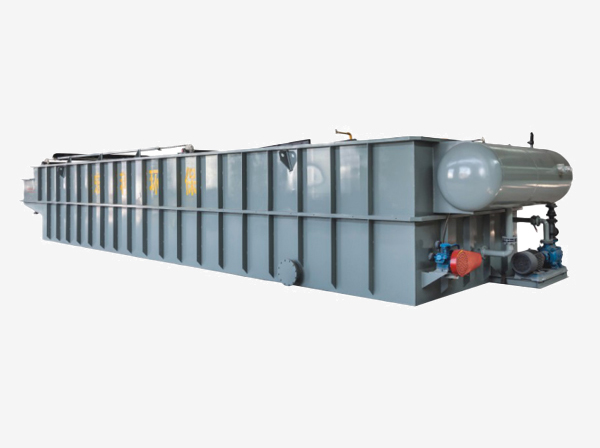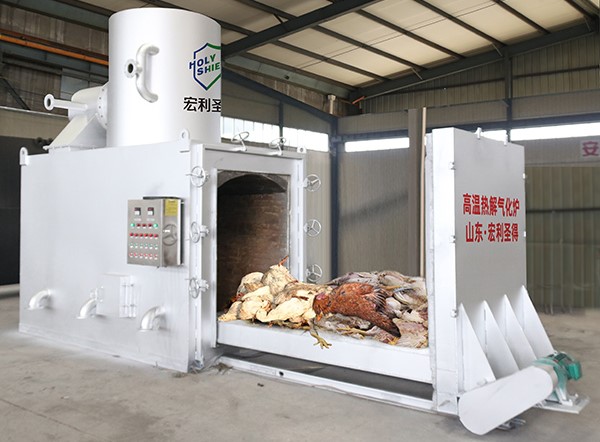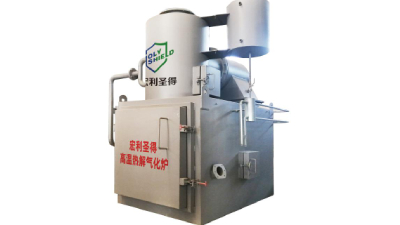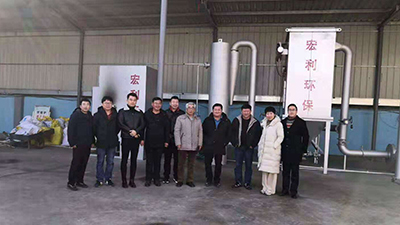Since the rhythm of solid waste itself is relatively complex, it is necessary to carry out targeted treatment according to its type.
Holy Shield will introduce the current industrial solid waste and hazardous waste disposal technology.
1 Incineration
Incineration is the easiest way to deal with industrial hazardous solid waste. It uses high heat to modify the original properties of solid waste. This method itself has extremely high treatment efficiency. Usually, it can reduce the volume of the original object by more than 80%. , and the properties of the substance after combustion are more stable, which also lays a solid foundation for the later processing work. However, the biggest disadvantage of incineration treatment is that other harmful substances will be produced during the incineration process, causing secondary pollution to the environment.
At present, domestic solid waste incineration usually adopts rotary incinerator for incineration treatment. In the actual application process, its overall effect is relatively good, and the items it can treat are also more extensive in nature. Ordinary organic matter, but also can handle chemical reagents, paints and other wastes. The use of oxygen-enriched incineration technology can well reduce the heat carried away by N2 contained in the smoke, thereby further improving the overall efficiency of combustion.
Learn more about our Industrial Waste Incinerator.

2. Curing treatment
There are many types of curing technologies, among which chemical, cement and glass curing are the most common methods. The relevant research data shows that the solidification treatment meets the corresponding safety landfill standards in the incineration of residues. However, the solidification technology itself cannot deal with oily or oily oily soils. The reason is that the oily sludge has relatively high water content and large particles, which is usually the first improvement in the treatment process. , so as to achieve the purpose of solving this problem, and this solution provides more possibilities for better treatment of large-scale oily sludge in oil fields.
3. Rapid carbonation
Rapid carbonation technology was first proposed by Seifritz in 1990. Its basic principle is to place waste products in a relatively high concentration of CO2 environment to further increase their reaction speed. The earliest application of this technology was in the carbonization of minerals. Studies have shown that most minerals can react chemically with CO2, such as: waste building materials, steel slag and carbide slag, etc. The content of heavy metals in the above substances is relatively high, so in the process of carbonation, more than 80% heavy metals. At present, about 500,000 tons of charcoal-fired fly ash is produced in my country's industry every year, and most of the fly ash will contain a certain amount of heavy metals. Through systematic analysis of pH value, carbonation time and the overall gas-solid ratio of carbonation reaction, some scholars found that NaCl and KCl contained in fly ash had a reverse effect on the experimental device, which eventually led to further loosening of the fly ash structure. After the precipitation of metals such as , zinc, etc., the fly ash must be treated in the next step. The slag remaining after the carbonation reaction forms cement, which is currently an important building material.
4. Plasma gasification
Plasma gasification technology is currently the latest harmless solid waste treatment method. Its main working principle is to artificially create an oxygen-deficient and high-temperature environment, thereby converting hazardous solid waste into flammable mixtures such as H2 or CO. gas. At present, the main application of this technology is in the treatment of municipal waste and agricultural solid waste. At present, developed countries in Europe and the United States have applied plasma gasification technology to the treatment of medical waste, construction waste and petroleum waste. The treatment of such hazardous waste itself has certain flammability. The whole process of oxidation, political law and decomposition, but in order to achieve this purpose, equipment with relatively high technical content must be required.
Compared with other types of hazardous solids treatment technologies, plasma gasification technology requires a relatively low overall water content of the objects to be treated, and can effectively treat the original sludge and sewage into usable resources. To achieve the purpose of further compressing the solid volume, in addition to this, most of the toxic substances in the inert waste residue can be expanded and effectively repaired or decomposed.
5. Supercritical water oxidation
At present, supercritical water oxidation technology has been widely promoted and applied in Japan and developed countries in Europe and the United States. It is mainly used in the treatment of plastic degradation, organic wastewater and biological sludge. As early as 1995, Austin, the United States has built a real commercial treatment device and applied it to long-chain amines and other types of organic solid waste products. In general, the process of this method is relatively simple, but it will be affected by many factors. Therefore, in the process of developing supercritical water oxidation technology, once the overall content of organic matter in the medium can reach 2%, it can assist the entire oxidation process to achieve complete naturalness. Compared with other treatment methods, this method is more efficient. Energy saving.
Holy Shield, as a manufacturer that always focuses on solid waste treatment equipment, can customize according to different types, standards and industries of waste. Submit your solid waste treatment request below, our technical team will reply you within 24 hours.




